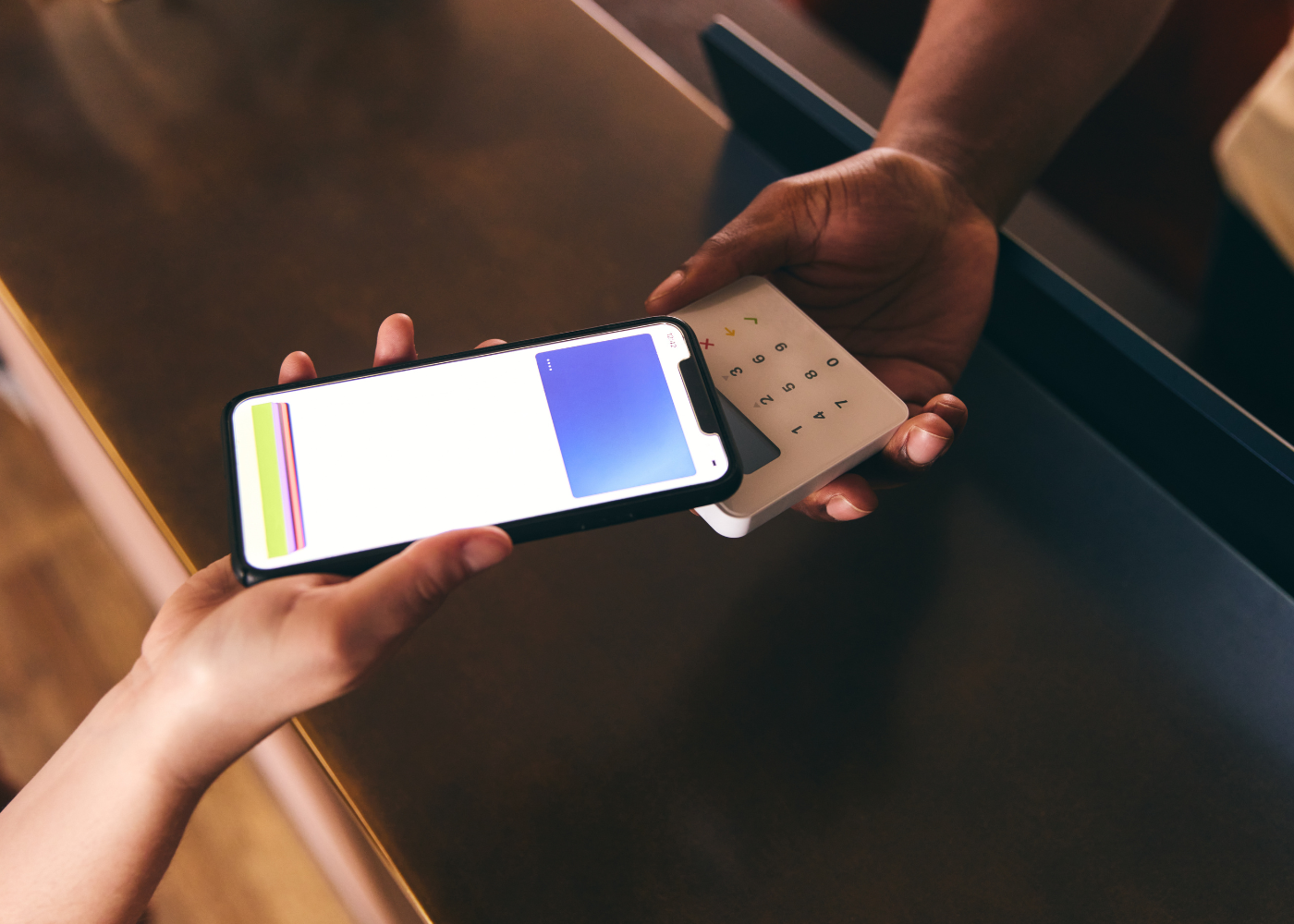Download our latest report - Protecting & growing your payments business -
here Opens in a new window
The Thredd team
April 07, 2025

Discover how this innovation enhances security, streamlines payments, and builds trust in the digital economy.


The Thredd team
In the evolving landscape of financial services, tokenisation has emerged as a cornerstone of innovation and security. From protecting sensitive payment data to enabling seamless digital experiences, its rise is transforming how businesses and consumers interact with money.But what exactly is tokenisation, and why is it gaining traction?
At its core, tokenisation is the process of replacing sensitive data with a unique identifier—or "token"—that holds no intrinsic value outside its intended use. This abstraction ensures that critical information remains inaccessible to unauthorised parties.
Think of tokenisation like using chips in a casino. Rather than carrying cash (sensitive data) around the gaming floor, you exchange it for chips (tokens). These chips have value within the casino but are worthless elsewhere. Similarly, in financial services, tokens represent sensitive information (such as a card number) without exposing the original data.
The growing adoption of tokenisation is driven by several factors:
With cyberattacks targeting sensitive financial data,tokenization offers a strong layer of protection.
As mobile wallets, e-commerce, and digital-first financial platforms grow, tokenisation ensures transactions remain secure and seamless.
Data protection laws such as PCI DSS and GDPR encourage organisations to implement tokenisation to improve security and compliance.
Tokenisation comes in various forms, each tailored to specific use cases in the financial ecosystem. Here are some common types:
This involves replacing sensitive card details (such as the 16-digit PAN) with a unique token. For instance:
When you store your credit card in a mobile wallet like Apple Pay, a token replaces your card number.
● This token is device-specific and transaction-specific, adding an additional layer of security.
Merchants use tokenisation to securely store customers' payment details for recurring transactions or one-click checkouts. By replacing sensitive card data with tokens, merchants reduce liability and improve the customer experience.
Example: Subscription services like Netflix or Amazon use merchant tokenisation to facilitate seamless billing.
Offered by card networks such as Visa and Mastercard, network tokenisation integrates directly into payment systems. These tokens are linked to the card issuer and contain dynamic data, meaning they cannot be reused even if intercepted.
Key Benefit: Enhanced fraud prevention and improved compatibility across multiple devices and platforms.
Beyond traditional financial services, blockchain-based tokenisation converts real-world assets (e.g., property, stocks) into digital tokens. This enables innovative financial products and fractional ownership.
Though not exclusive to financial services, blockchain-based tokenization converts real-world assets (e.g., securities, real estate) into digital tokens. This opens doors for new financial products and fractional ownership.
As financial services continue to digitise, tokenisation is not just a security measure—it is a fundamental enabler of innovation. It supports advancements in contactless payments, wearable tech, and IoT-connected devices while fostering trust in digital transactions.
For businesses, tokenisation reduces the risk of data breaches, lowers compliance costs, and streamlines payment operations. For consumers, it ensures safer and faster transactions, whether shopping online, tapping to pay, or subscribing to a service.
As we look ahead, tokenisation will not simply be an added security feature—it will be the foundation of trust in the digital economy.
At Thredd, we recognise the transformative potential of tokenisation, so get in touch if you'd like to talk about shaping the future of payments.
Sign up to receive Industry news, events and insights delivered straight to your inbox.